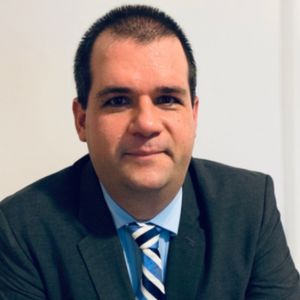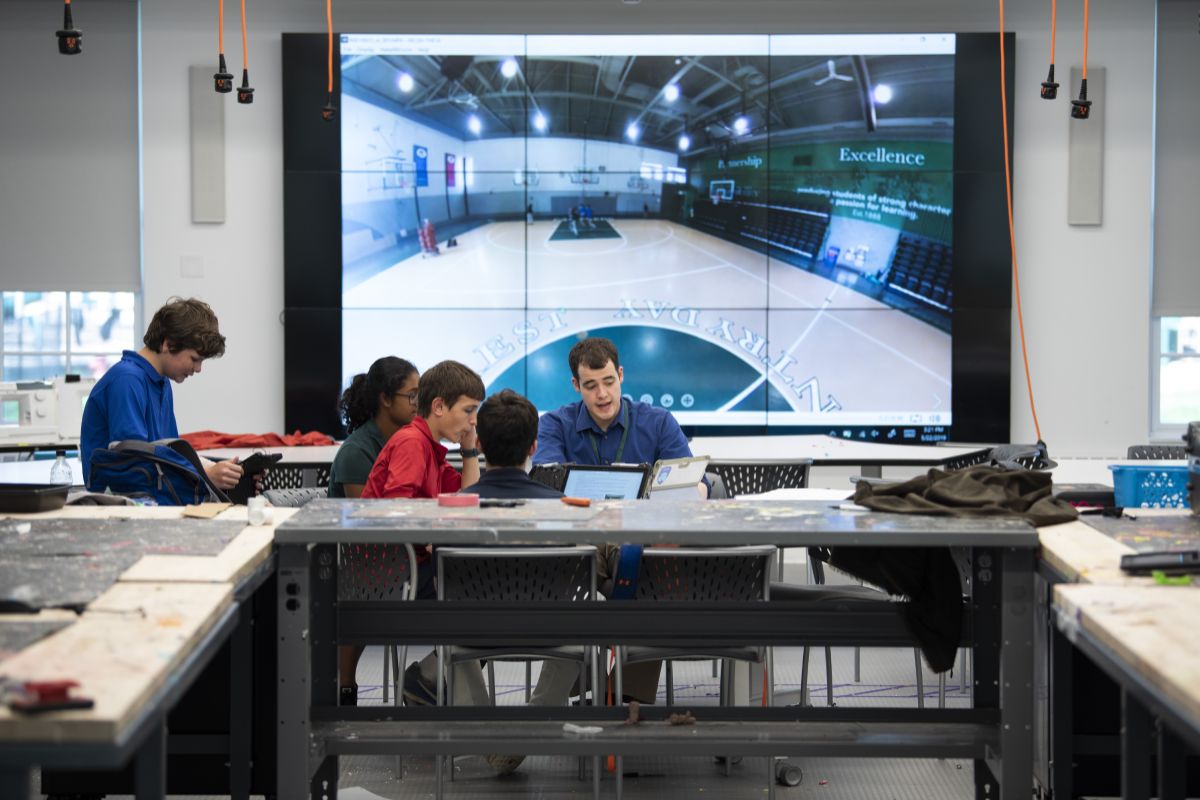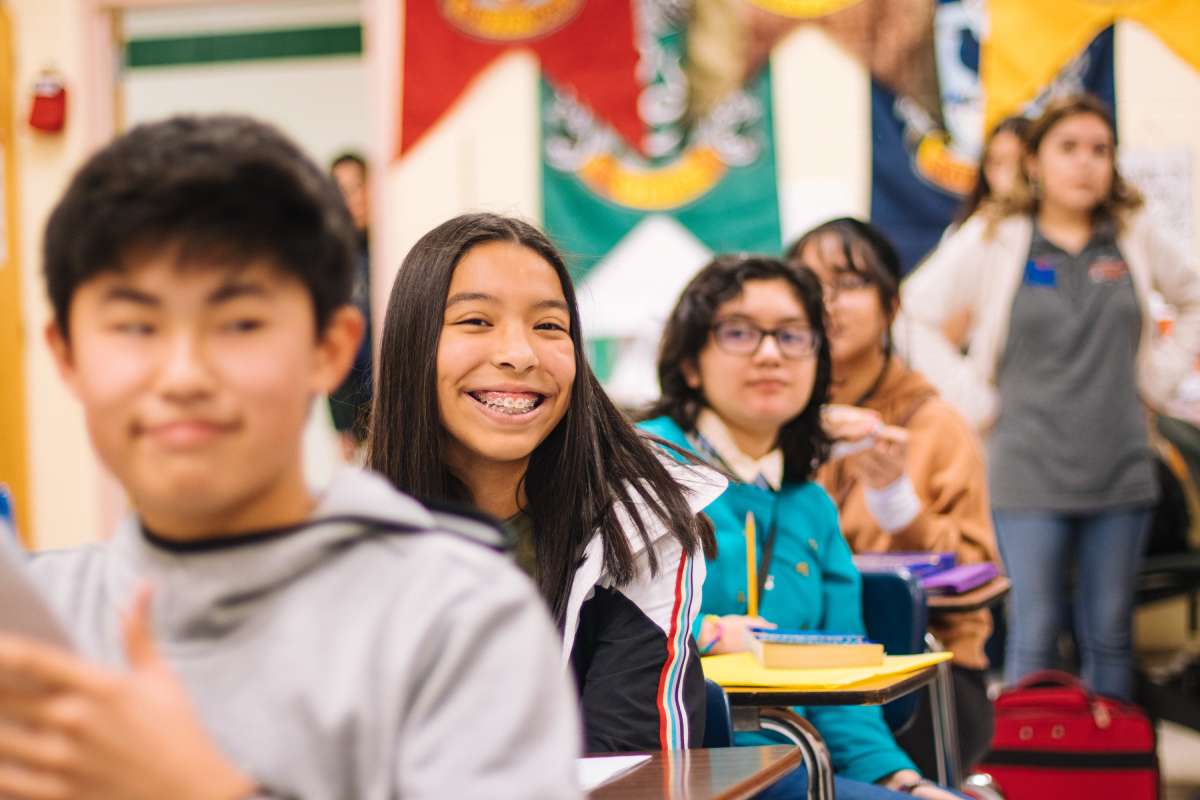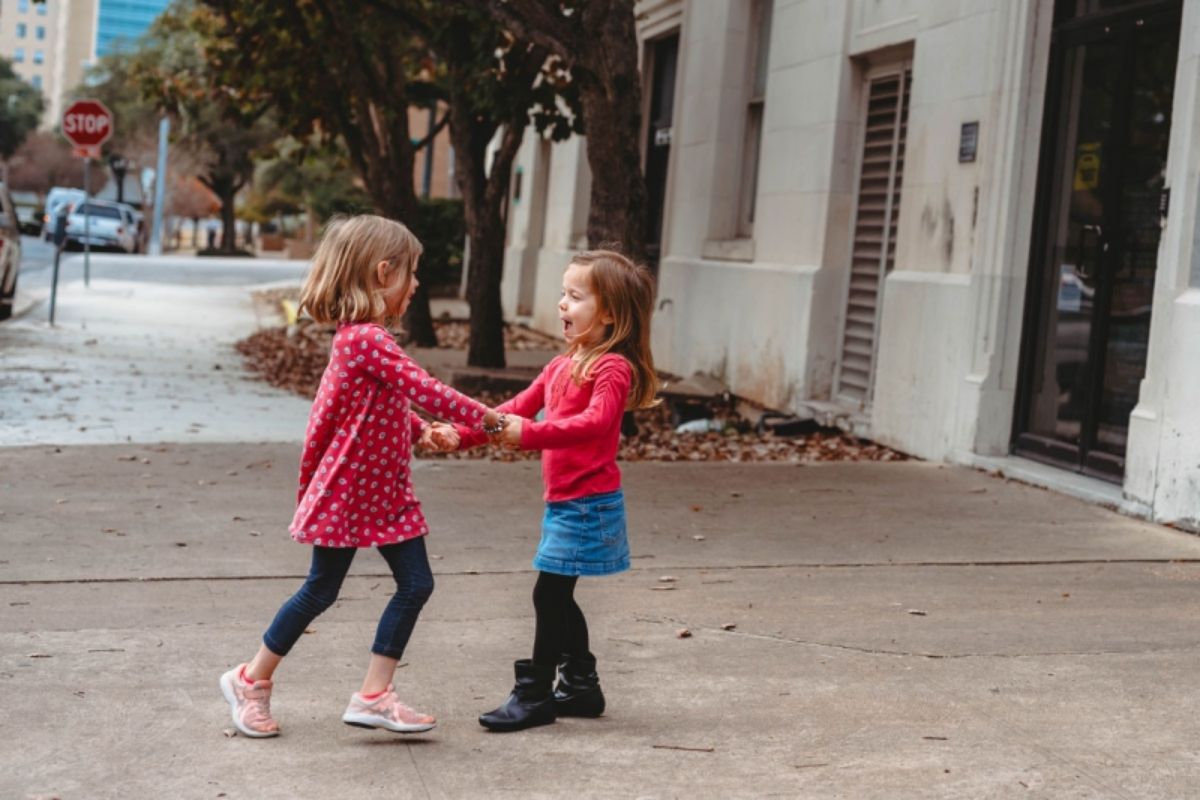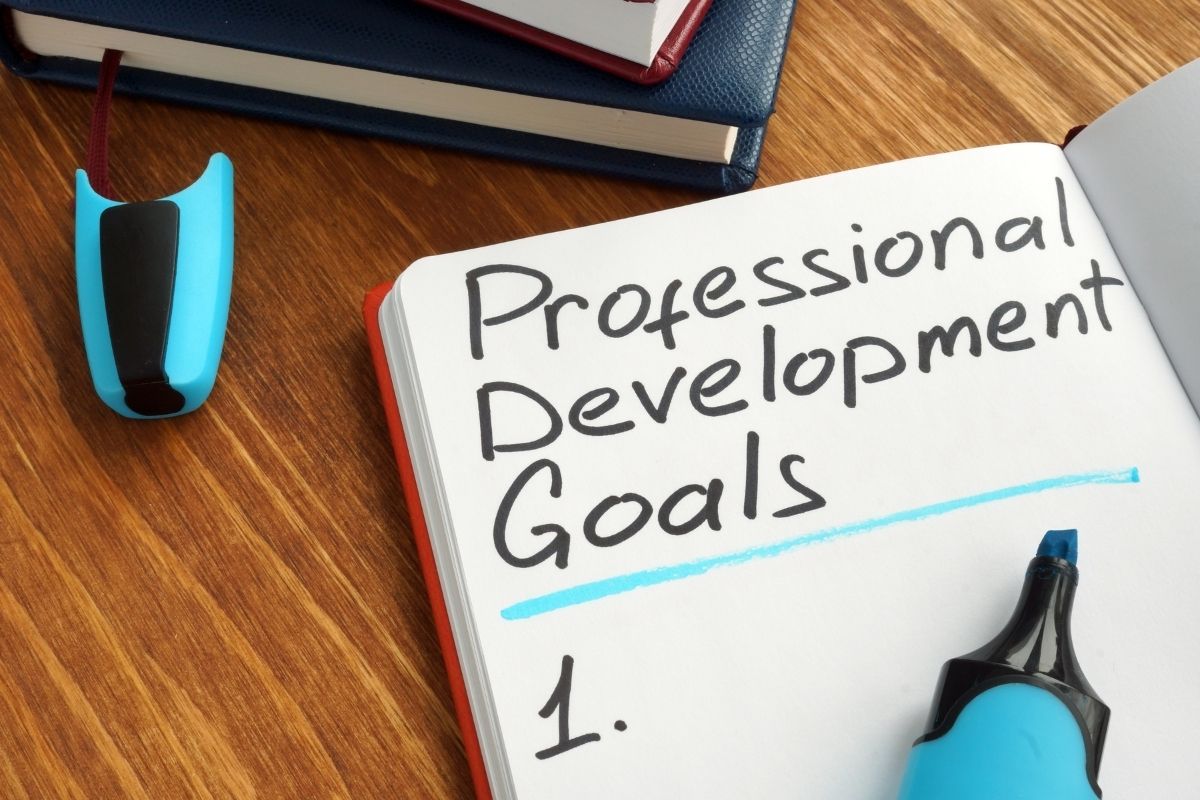Do or Do Not – There Is No Try: Secrets on how to be a Culturally Responsive Educator

Welcome back! Everyone settle in and settle down. Before we even get started: think about this question: Are you a teacher or someone who teaches? According to Oxford Languages: to teach means “to show or explain to someone how to do something”. Conversely, a teacher is defined as “someone who teaches, especially in a school”. At first glance, the definitions are pretty similar. Think about some of the best teachers you ever had or have seen. Did they just teach content? Were they empathetic and caring just for the sake of it? Did they just show you how to get from step A to B? I was going to start this article off with something flashy. That would be counterproductive since the basis for this article will show that gimmicks in teaching can work, but are often not sustainable. Throughout this article you will see how the above question ties in with culturally responsive sustainable education (CRSE).
CRSE is not an easy topic to discuss. It’s important and it’s been written about why it is relevant. Many articles I have read that don’t even include the How to do it. At any point, do I not mean to be critical. This article will present methods I have tried and I will use examples to help explain. While this is not a discussion forum- think of this as a safe space to think. Not just a safe space, a brave space. Do you recognize the quote in the title of the article? It belongs to none other than to Yoda from the movie series Star Wars. It’s fairly popular. We will be looking at the four principles of CRSE that can be found in the New York State Framework. To further illustrate how to recognize effective practices aligned with this CRSE framework we’ll also be looking at examples of teaching in classic movies such as The Matrix and, of course, Star Wars. Please note that the mention of CRSE with regard to science fiction movies is only to illustrate best practices. Any pedagogical strategy that attempts to meet the needs of students is a good one. However, let’s look at other ways to take that notion a step further.
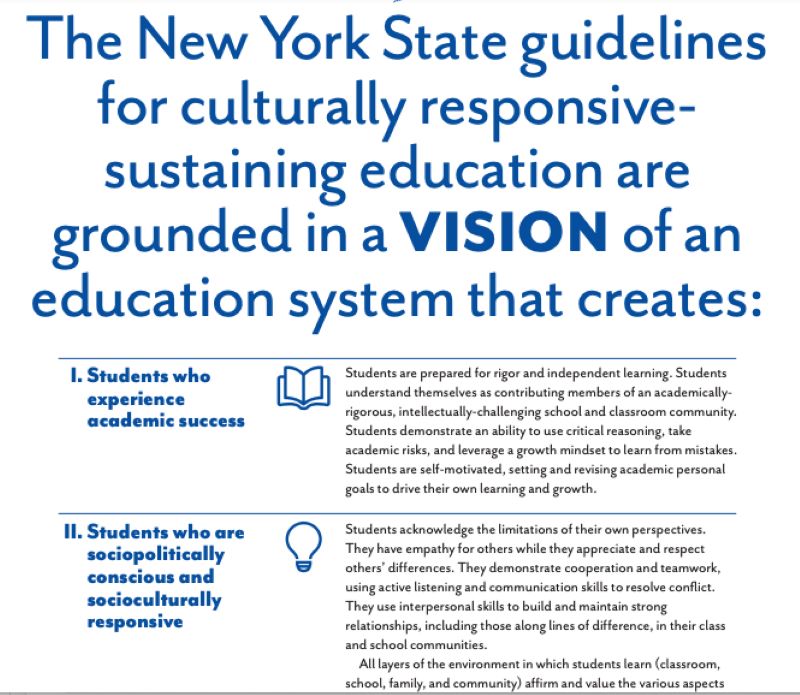
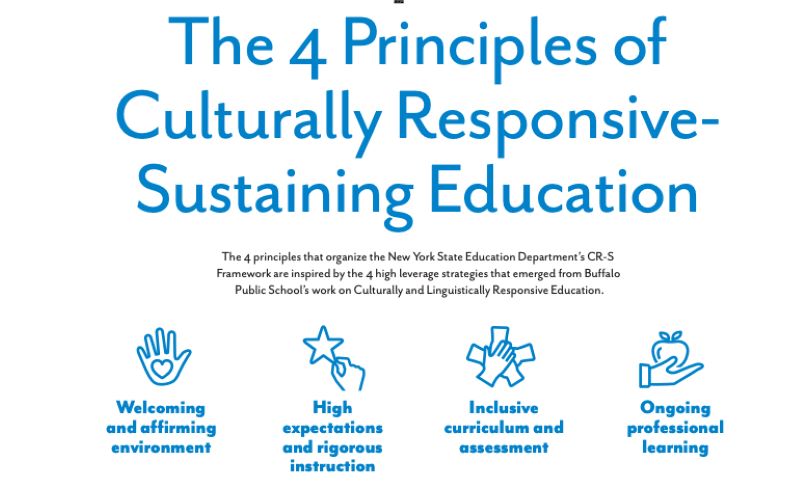
In New York State, we have a framework for CRSE. There are four principles that give criteria and provide a working knowledge of how to incorporate CRSE. The framework is very detailed and provides examples of how CRSE can be ingrained for state and district decision-makers all the way to students.
The four principles are: 1) Welcoming and Affirming Environment 2) High Expectations and Rigorous Instruction 3) Inclusive Curriculum and Assessment and 4) Ongoing Professional Learning.
If you’re unfamiliar with the framework or from a different state, I believe these will work for you. As per the framework: “The New York State guidelines for culturally responsive sustaining education are grounded in a VISION of an education system that creates I. Students who experience academic success. II. Students who have a critical lens through which they challenge inequitable systems of access, power, and privilege. III. Students who are socio politically conscious and socioculturally responsive.”
What resonated with me was the phrase “…a VISION of an education system.” I think many educators have the same vision. How do we achieve a vision such as this? What does it even look like? I am sure as you are reading this article, you are also trying to grapple with what this looks like. I am glad you are here. I admit I am no means an expert, but I think this framework is a great starting place for ALL of us to be on common ground.
Looking at the principle of creating a “welcoming and affirming environment” is a good place to start. This past Winter were the 2022 Winter Olympics. Rather than teaching these are the games, and some sports to it, I decided to collaborate with classroom teachers on various grade levels. I know that our focus this year especially with civics lessons was about having to understand their identities how it impacts them as individuals and as parts of a class. As you can see in the “Hambel Sample Flag,” I created an assignment that had students draw a picture of the map or flag of the country they were born in, their parents were born in or a place that had significant meaning. This turned out to be a very engaging assignment. Many classes wanted to bring it home and finish it. Every class that did so brought it back to class the next time they came. I was born in America. My grandfather (my mom’s father) came from Germany in the 1930’s. This assignment was powerful. For example, I had a student draw a flag of Mali. A student in a different grade saw, and said, “Wait, I thought I was the only person from Mali”. As you can see in the picture of the bulletin board, so many students really wanted to participate. I could have added more but I only had so much wall space.
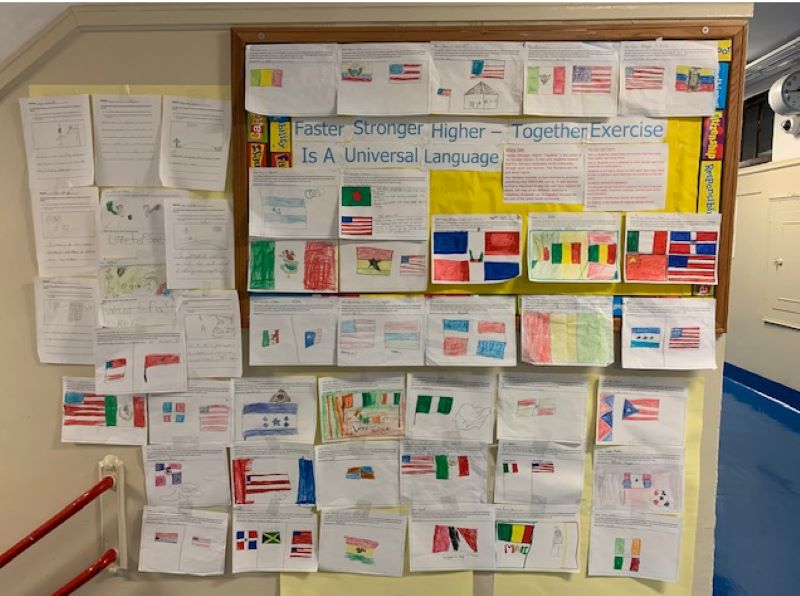
While this was a one time assignment, how can this be sustained? What does culture have to do with a game like curling? In my Physical Education (PE) program, we don’t just study skills in isolation. We study skills, and how they relate to health and wellness. While this article isn’t just CRSE in PE, think about how in your content area, what is your philosophy and methodology? If you’ve read this far, I am going to tell you the secret of teaching CRSE. It’s not about someone who teaches CRSE like it’s an initiative, it’s about being someone who fully embraces CRSE.
You might be thinking- what’s the difference? Consider the following. I could have taught games from around the world. However, for this past year and beyond, I will be framing sports and units of study as games that are played around the world. I will say this: doing either is still good pedagogy. Aye, there’s the rub. The key difference is that being someone who embraces CRSE will help you get to know your students more and help them become more engaged in whatever you’re teaching. I could teach games from around the world. In my experience, I’ve seen them only done for a short time though. If we spend one or two lessons on the games- are we really giving those games justice and fully understanding how the skills relate to health related fitness? By that logic, if I were a student in your class, you should be playing rugby. However, I’ve never played rugby in my life nor do I have any interest in it. The CRSE teacher would find ways to connect them to students even if they have never heard of it, and find ways make it relevant.
By framing sports and games that are played around the world, you could feasibly do this every month with any and all units. For example, I taught tennis year. It was the first time I had taught tennis in years. I was also fortunate to have the USTA send over two full bags of equipment. A tennis professional also came to my school. This August my school will be participating in the US OPEN experience. So to connect a “games around the world” approach, since the main skill is striking, a game like Gaga Ball from Israel would be appropriate because one of the main skills in that game is… (drum roll)…striking!
One of the best strategies I ever received in my pre-service courses was to script. THink of yourself as an actor on a stage. YOU are the one that has the power to make students buy into your lessons. How far will you go to make sure that they do so? Sometimes it’s now WHAT you say, it’s HOW you say it. Do I teach tennis and say “hey students, do you know what tennis is?” If they say no- do I say well let me tell you about? That might seem like effective, but CRSE is about meeting students where they are at academically, skill level wise AND tailoring it to their identity and who they are.
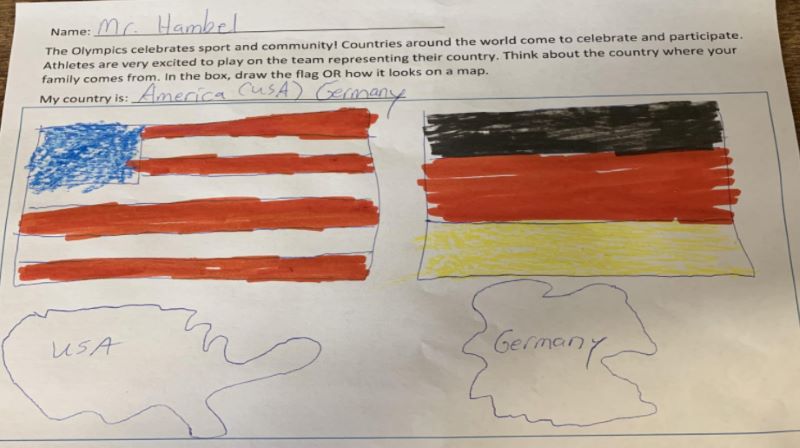
I am a professional bowler. My students love our bowling unit every year. This is not by luck or chance. All or most students have some recollection of bowling or what it is. I have found it’s not about teaching what bowling is or how to do it. There’s the rub. The most effective way to get students engaged and WANT to do it on their own is to appeal to who they are. Don’t think of it as: here’s a skill/game you should know even if you don’t know what it is. Think of it as: you might know it or you might not know it- but this is why YOU can and will be successful based on what you already know and who you are.
While the bulk of this article has focused on PE, my purpose was to give as many examples as possible to showcase what being a CRSE teacher is all about. When researching the NYS Framework for a CRSE Webinar this past May, I came across this article from Ethicalschools.org. CRSE is something all teachers should do. Read the following examples about two math teachers. Teacher A uses hip hop as a gimmick/engagement tool to teach math. Teacher B uses the student’s interests in hip hop as a way to see the parallels of rhythm in the music and math.
I love this article because it gets to the heart of the matter of what CRSE is and isn’t.
“(Teacher A) This teacher cares, is paying attention to students, and is trying. However, they have not fully grasped CRSE because they still see the student as the problem, broken and needing to be fixed. Their inclusion of hip-hop does not sustain their students’ cultures, it uses a surface-level part of culture to further a white-centric paradigm of education focused on testing and a pedagogy of remediation.
(Teacher B) Because hip-hop in this classroom is not tokenized, but treated as a vehicle for and the object of learning, we can walk into the classroom (which is no longer Teacher B’s, but the classroom of the cultures of their students) on any given day and see hip-hop culture authentically represented. For example, we might see students engaging in battling techniques (cyphers) or using word/number art as class activities. We might see them leading discussions and explaining concepts as they are living them in ways that value not only their knowledge but also their lives.”
Still curious what CRSE is? Let’s turn to some well known science fiction tales. I chose these two movies because they are well known and the teachers in them are very different. I speak of Star Wars and The Matrix. In Star Wars, Yoda teaches Luke Skywalker the ways of the “Force”. If you’ve never seen Star Wars, the “Force” is like a universal mysterious energy that some characters can harness more than others. Yoda is a Jedi (the protagonists). He is training Luke Skywalker, son of the famous Darth Vader who is a Sith (antagonist). While the Jedi claim to be understanding and pure of spirit, they are terrible teachers. In 1980, one of the greatest cinematic reveals was that Darth Vader was Luke’s father. Yoda starts to teach Luke the ways of the Force. However, Yoda is not happy about it. He says Luke is too old and begrudgingly takes Luke on as an apprentice. Yoda has a fixed mindset. He thinks Darth Vader is incapable of learning new things. When Luke struggles with his training, Yoda is not very patient and just says try again without much scaffolding. Yoda and the Jedi expect the learners to change everything about themselves to learn the Force. This is woefully ineffective because while Luke chooses to be good and he is often to fill in the blanks about his education on his own. Anakin Skywalker who becomes Darth Vader, he was the “Chosen One” to bring balance to the light and dark. Because of the rigidness of Jedi training, well, he turns into one of cinema’s greatest villains.
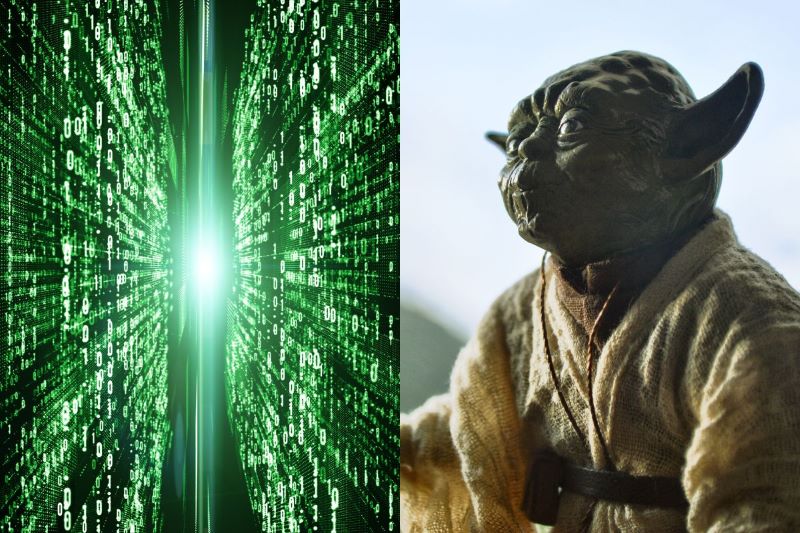
Let’s turn to The Matrix. In the future, humans and machines are at war with each other. The Matrix is a simulation virtual world where people experience their lives only through their minds. Morpheus (Laurence Fishburne) finds Neo (Keanu Reeves) in the virtual world. At first, Neo is very reticent. Neo is also a “Chosen One”. If someone tells you that- how do you respond? However, Morpheus does not give up. He meets Neo where he is literally and figuratively. What makes The Matrix a mind bending movie is that when we first see Neo, he is in a computer simulation. All that he has done has been in his mind. He’s never actually physically moved his body. In order to “rescue” Neo, Morpheus has to convince Neo. In the famous “red pill or blue pill”, Neo has a choice. Morpheus is always giving Neo choice. He never forces him or makes him feel bad. To help Neo learn more about the real world they are in, he always tells parallels and stories. When Neo learns kung fu, Morpheus says “show me”. You would think Morpheus is a philosopher with lines like: There is a difference between knowing the path and walking the path. “Don’t think you are. Know you are.”
You have to let it all go, Neo. Fear, doubt, and disbelief. Free your mind.” Throughout the movie, Neo learns to really know “himself”. Morpheus believes so much in Neo, he allows himself to be captured by the antagonists of the story. By the end of the movie, Neo has taken all these lessons to heart, rescues Morpheus and unlocks his greatest potential.
I understand both movies were made in different years (1980 vs 1999), have different characters and circumstances. I was only talking about how prominent teachers in those movies engages their students. Did they expect them to just fully embrace something that was foreign to them or did they scaffold so they became more comfortable? Ask any teacher and they’ll say getting to know your students is important. Knowing their scores or grades is superficial. Get to know who they are. Respect their identity.
It might seem extreme to discuss science fiction characters in such a relevant topic. However, for some students, school is their only safe space. It might seem daunting and I speak from experience that is something you have to work at every day. When you see your students truly appreciating that you took the time to make it truly applicable to them, they will reciprocate. By discussing the framework, you might even be doing some of these practices already. Awareness is key. Both movies and everything mentioned generally are all connected that do or do not there is no try. If you believe you can do it- you can!
Speaking of awareness, I’d like to end with possibly one of the most famous lines of the Matrix. Remember, the matrix is a computer simulation so nothing is technically real. Every person is using their mind. One “gifted” child is bending a spoon with his mind. “Do not try and bend the spoon. That’s impossible. Instead, only realize the truth… THERE IS NO SPOON. Then you will see that it’s not the spoon that bends, it is yourself.” You can’t change reality but you can change how you perceive it. Like Gandhi said “Be the change you wish to see in the world”. Thank you for reading. May the Force be with you. Live long and prosper.
This article is available and can be accessed in Spanish here.
Prioritizing Mindsets: What New York State’s Culturally Responsive-Sustaining Education Framework Gets Right (2019) PAMELA D’ANDREA MARTÍNEZ AND EVAN M. JOHNSTON Retrieved from https://ethicalschools.org/2019/10/prioritizing-mindsets-what-new-york-states-culturally-responsive-sustaining-education-framework-gets-right/
John Spencer (2017) Was Yoda A Good Teacher? (Happy Star Wars Day) https://spencerauthor.com/was-yoda-a-good-teacher/
Culturally Responsive-Sustaining Education Multiple Authors Retrieved from http://www.nysed.gov/common/nysed/files/programs/crs/culturally-responsive-sustaining-education-framework.pdf

